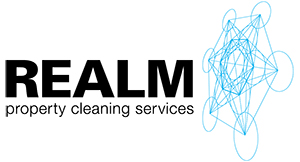Fall Arrest, Static Line & Rope Access anchors require inspection and certification at least every 12 months by competent person in accordance with the majority of manufacturer’s specifications and requirements of Standard AS/NZS 1891.4:2009 Section (9).
However, most state regulations now specify inspection of anchors every 6 months when in “regular use”.
How often your height safety equipment needs to be tested depends on the type of system installed. As stated, fall arrest, static line and rope access anchors generally require annual certification in most contexts. Some industrial and high use applications require 6 monthly inspection and certification. Harnesses, lanyards and other safety equipment also require periodic inspection dependent on use and manufacturers specification.
Not sure what your building has? A Height Safety Audit is the way to go. Realm will identify your existing height safety equipment, testing requirements and changes required to bring your building into compliance. Have more than one building? Realm Height Safety have nationwide capability, and have already conducted nationwide height safety audits for leading retail and facilities management companies.




